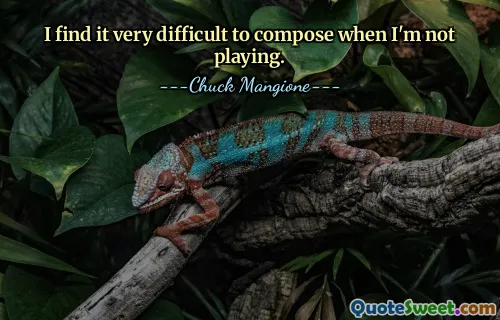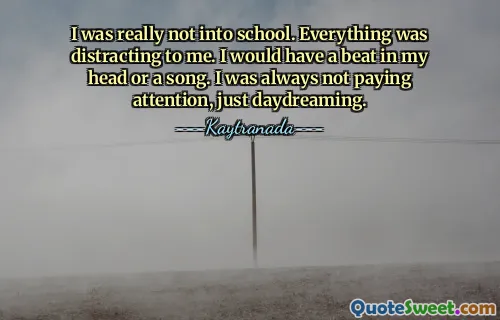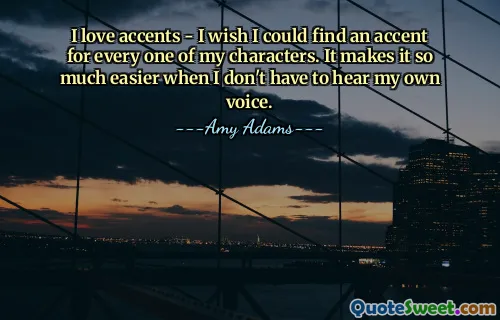
There is a property in the horizon which no man has but he whose eye can integrate all parts, that is, the poet.
This quote from Ralph Waldo Emerson encapsulates the profound connection between perception, imagination, and the poet's unique ability to synthesize seemingly disparate elements into a cohesive whole. The horizon here symbolizes the boundary where the known and the unknown meet—the limit of everyday perception. Emerson suggests that only someone with the visionary capacity to see beyond individual fragments, to connect disparate parts into a unified vision, can truly grasp the full beauty and meaning that reside just beyond the visible.
The poet, in this context, is more than a mere writer of verses; he functions as an observer and integrator of the universe's intricate tapestry. Through imagination and insight, the poet perceives connections that are invisible to ordinary senses, recognizing patterns and relationships that others overlook. This ability to 'integrate all parts' speaks to a heightened awareness: the poet doesn't see isolated moments or objects but perceives their interconnectedness, forming a comprehensive understanding of reality.
Furthermore, Emerson's reflection resonates with the idea that the act of art and poetry is fundamentally about synthesis—bringing together emotion, intuition, experience, and understanding into a harmonious whole. Such a perspective elevates the role of the poet to that of a visionary, one capable of glimpsing the horizon where all fragments of life converge into unity and meaning.
On a broader level, this quote invites contemplation about perception itself—that true insight requires a kind of holistic view, going beyond the surface to see the underlying unity of the universe. It elevates the importance of imagination, not merely as a creative tool but as an essential faculty for understanding and experiencing the world in its fullness.






